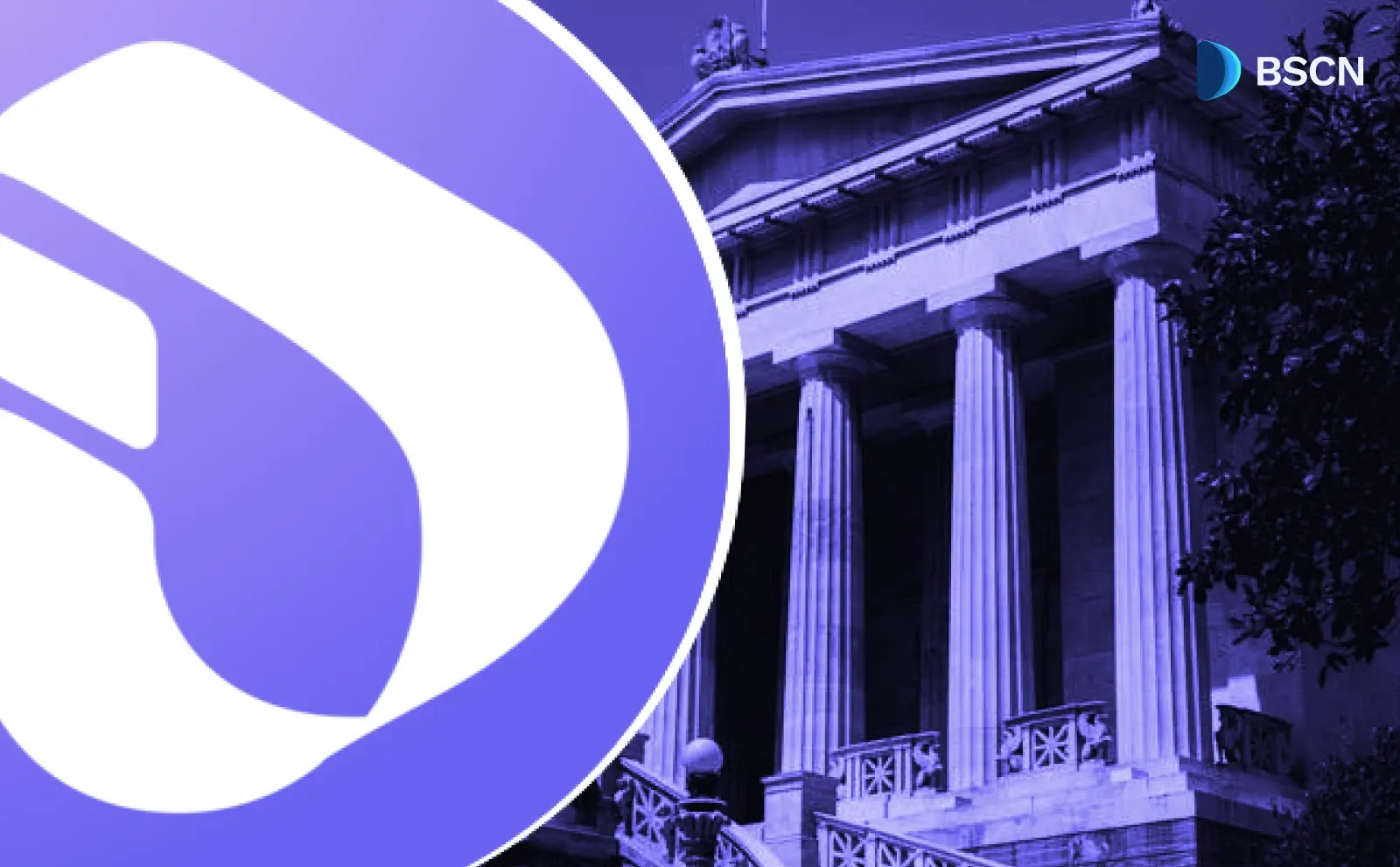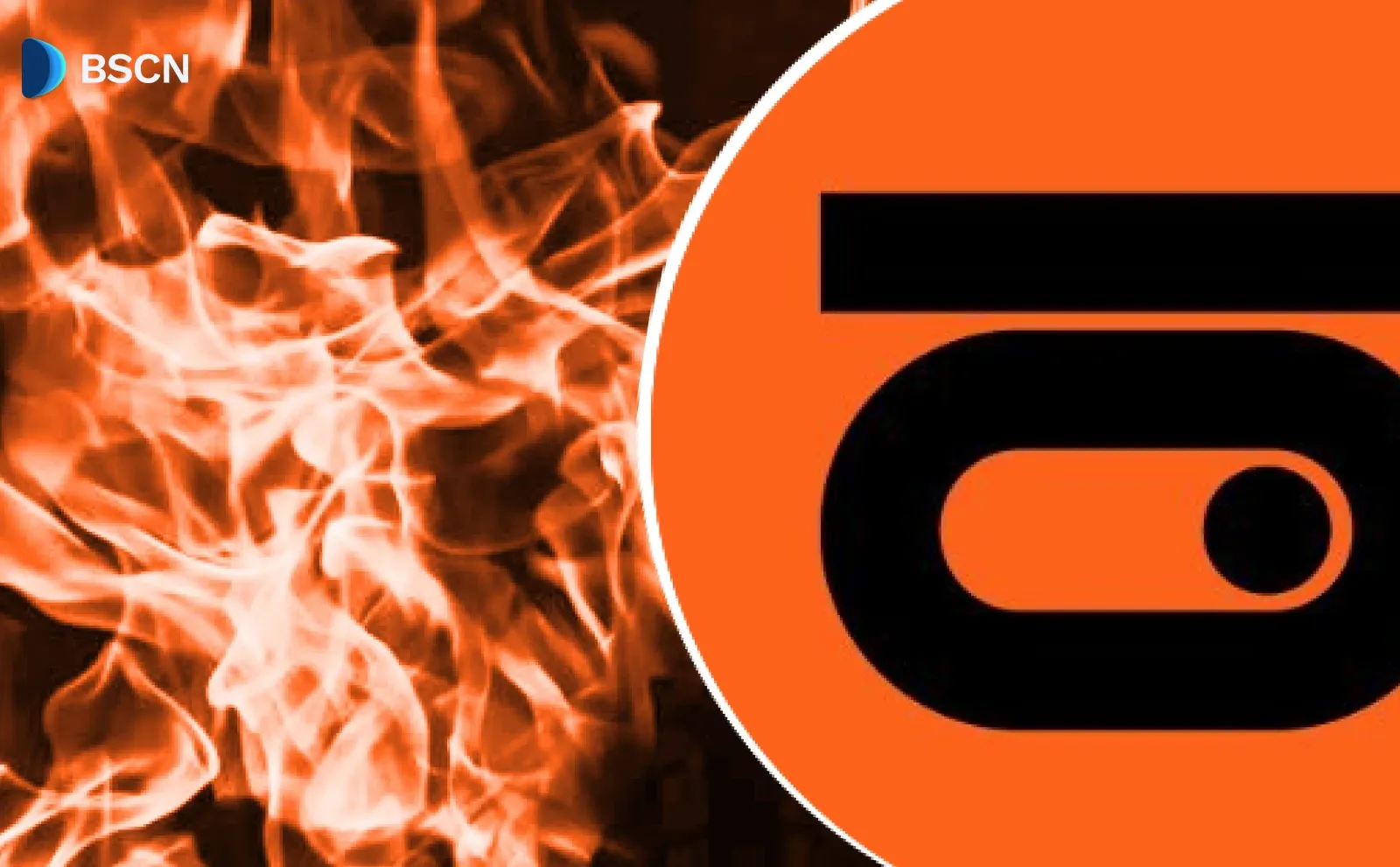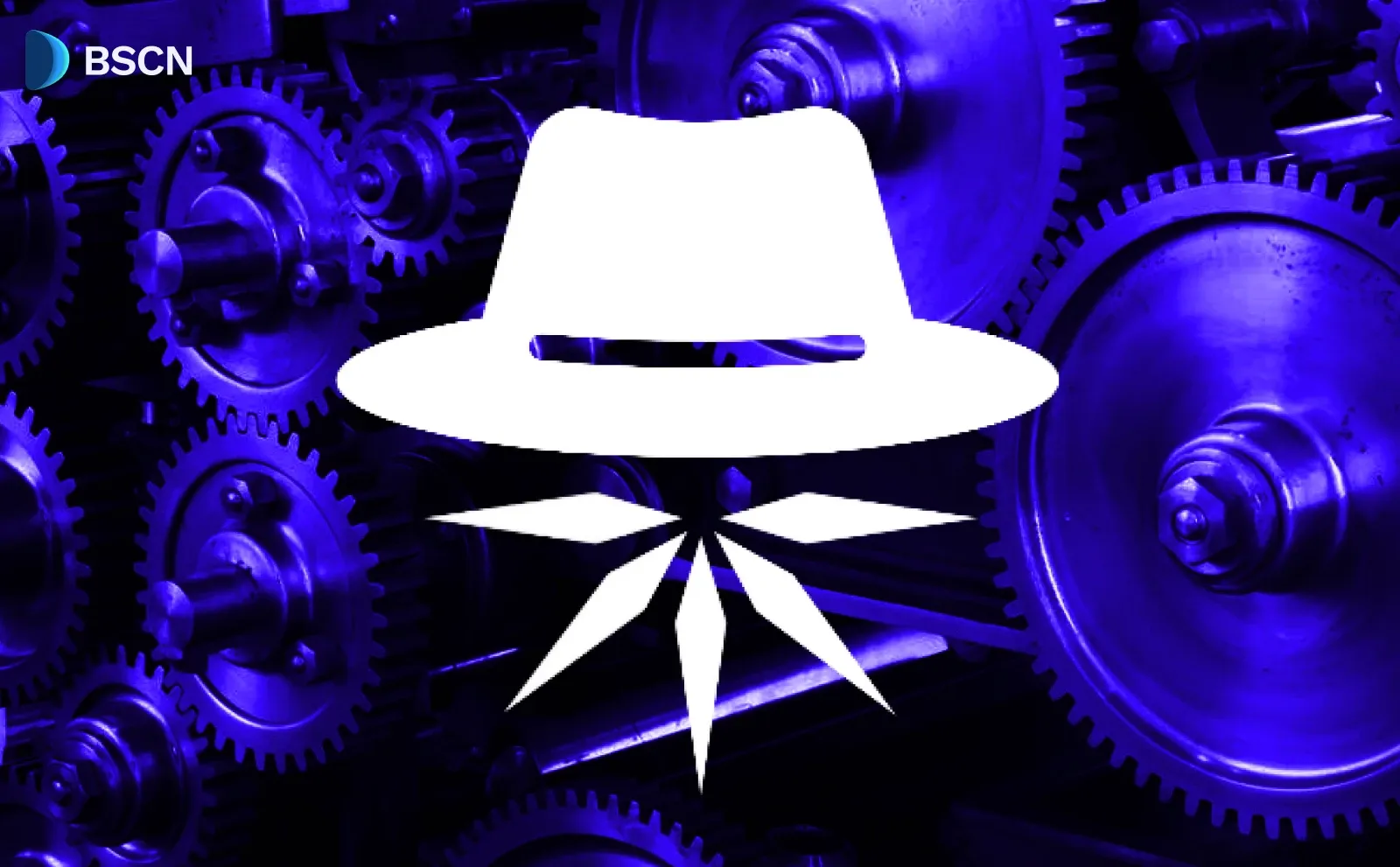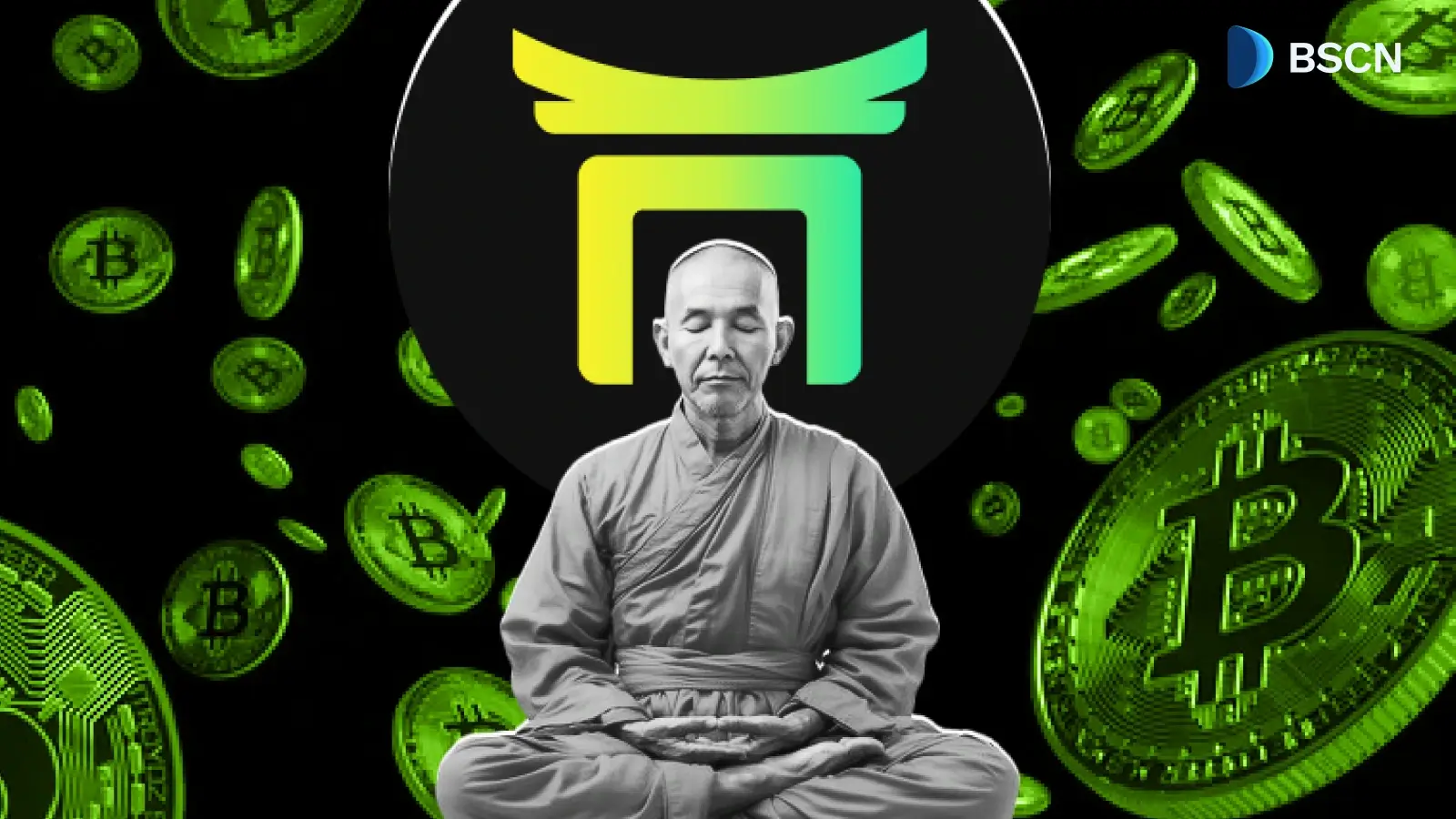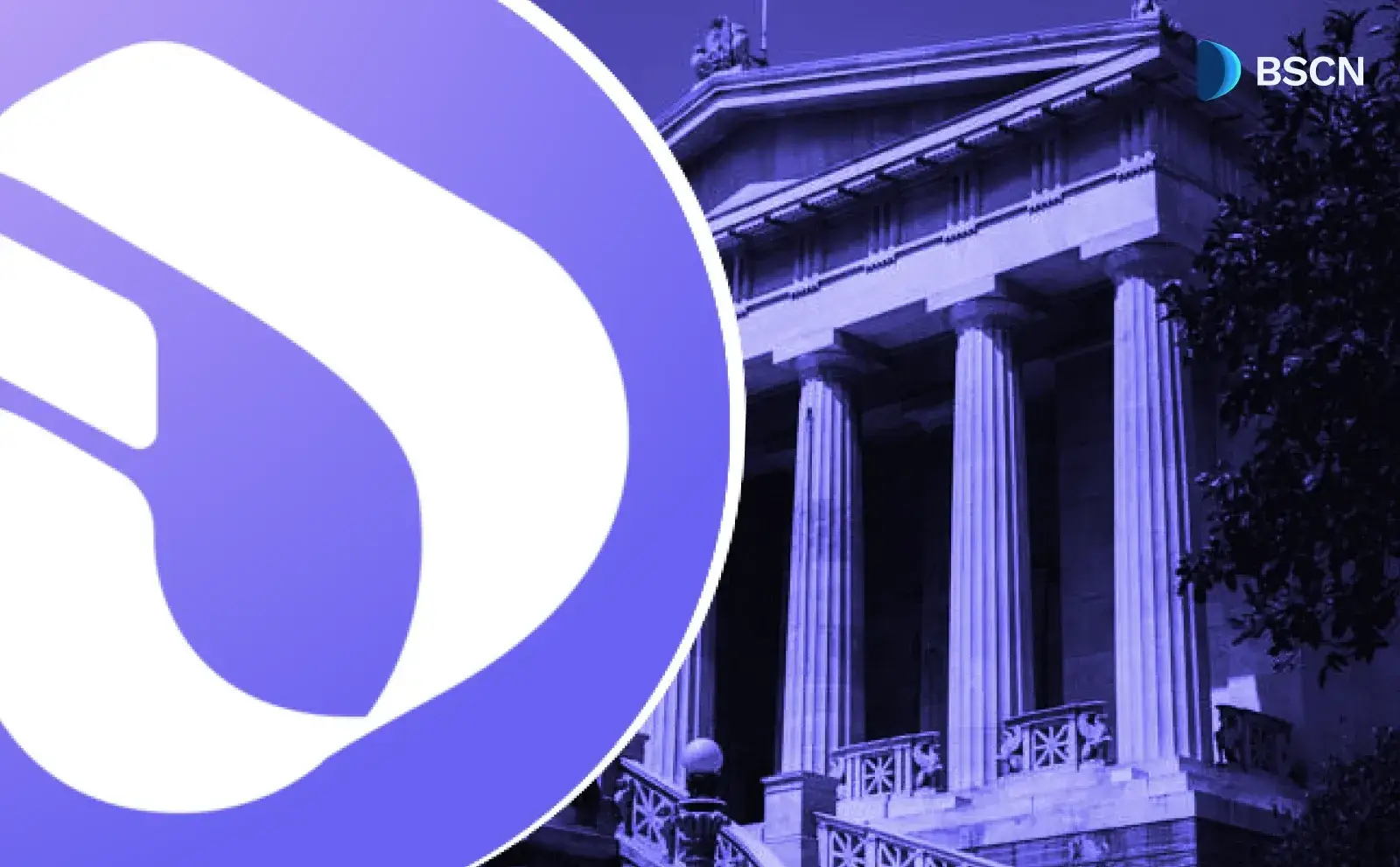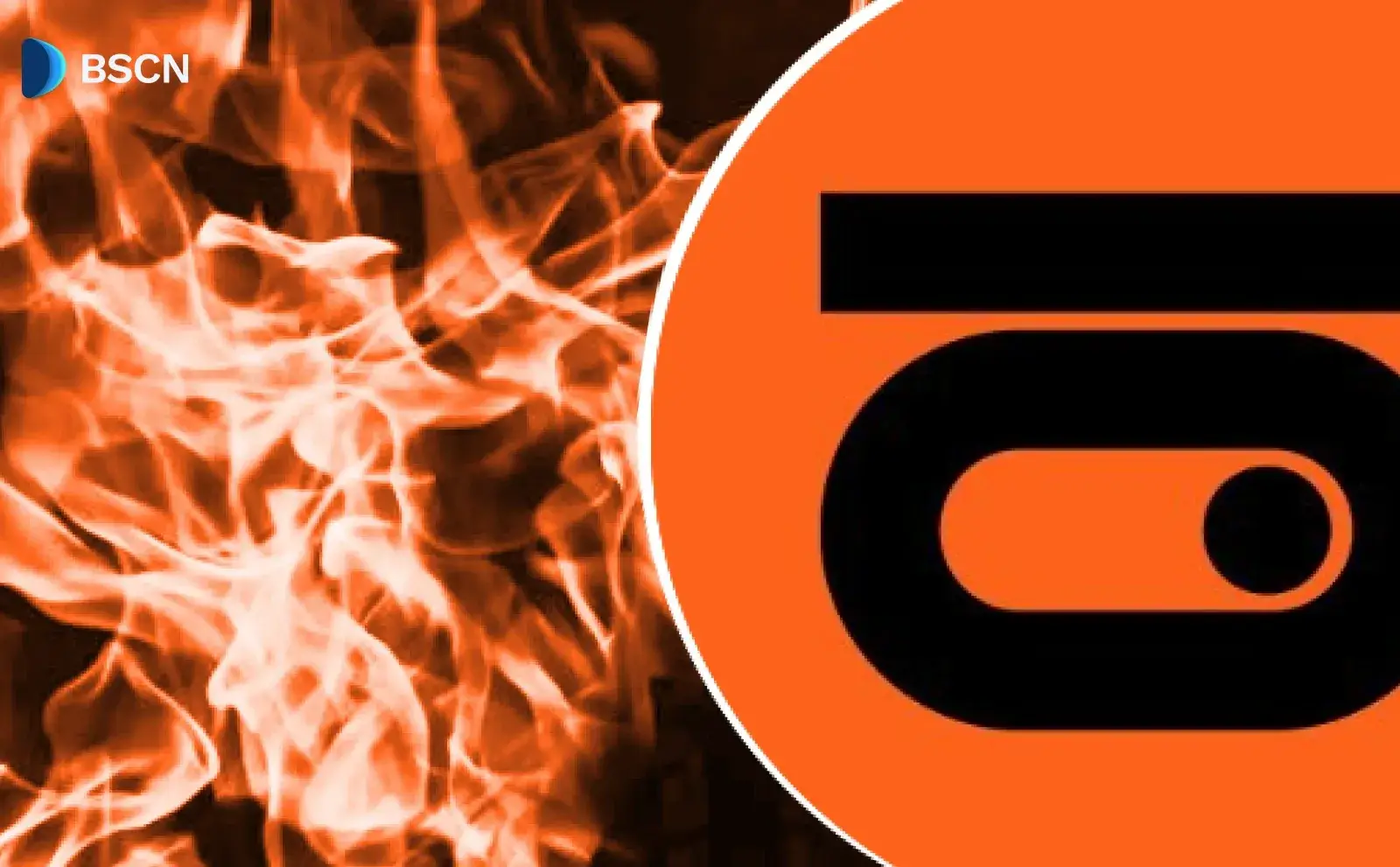Research
(Advertisement)
Is Sidra Chain the Next Pi Network?

Sidra Chain and Pi Network take different paths to crypto inclusion. Learn how Shariah compliance and mobile-first tech shape their missions.
Miracle Nwokwu
April 22, 2025
(Advertisement)
Table of Contents
Mobile-first blockchains now stand at the center of the crypto discussion, driven by projects like Pi Network and Sidra Chain. Each platform claims to make crypto more accessible and empower new users. Pi Network focuses on enabling anyone to mine coins on their phone, boasting one of the largest user bases in the sector. Sidra Chain takes a more tailored approach, offering Shariah-compliant financial products that serve the needs of global Muslim communities.
Both projects have sparked enormous interest and debate in recent months. Sidra’s promise of ethical, transparent finance and Pi’s vision of easy, “everyday” mining each speak to different sets of values. Yet as Sidra Chain ramps up its app rollout and global expansion, many are asking—could it follow in Pi Network’s footsteps, or forge its own, more specialized path? This critical look breaks down what really separates these two platforms, and if Sidra Chain is positioned to repeat Pi’s rapid rise.
Core Technology and Ecosystem: Sidra Chain vs Pi Network
Sidra Chain’s Shariah-Compliant Blockchain
Sidra Chain is built around a transparent, decentralized Proof-of-Work network forked from Ethereum. This gives it all the baseline technical security of Ethereum, while shaping the ecosystem with strict Shariah compliance. Every transaction and investment product, like Sukuk (Islamic bonds), must fit religious principles by avoiding interest and uncertainty.
One standout feature is Sidra’s deep KYC integration through KYCPort, which verifies users’ identities to global standards. This is not just regulatory box-ticking: it’s a requirement to ensure compliance and user trust, especially for a sector so rooted in ethical mandates. Users earn Sidra Coin (SDA) both for mining and ecosystem participation, with about 780 million SDA circulating, most in KYC-validated wallets.
Sidra also introduces SidraClubs, a unique “franchise” model where local operators can launch regional clubs, manage KYC, support local payment systems, and connect merchants with crowdsourcing platforms – SidraStart. This approach creates a network of real-world partnerships, not just a digital following.
On the technical side, Sidra Chain’s public ledger allows users to verify everything through its own explorer. But market adoption still faces hurdles: KYC bottlenecks, app bugs, and limited documentation have kept some potential users in limbo since the mainnet launch in October 2023. Still, the team pushes frequent updates and Zakat token burns to sustain momentum.
Pi Network’s Social Mining and Proof-of-Contribution
Pi Network stands out for making mining nearly effortless—users simply open their mobile app, perform basic actions, and earn PI coins. Instead of energy-heavy mining like Bitcoin, Pi uses a social “Proof of Contribution” model. Here, users build Security Circles of trusted contacts to validate transactions. Mining rewards are geared to engagement: inviting new users and maintaining daily activity increases earnings. This viral referral model helped Pi Network blast past 60 million sign-ups as of early 2025, though only about 14 million have completed KYC and fewer are daily active.
After years of anticipation, Pi Network’s Open Mainnet launched in Q1 2025. Now, users can transact, use apps, and trade PI externally. Projects like .pi Domains and PiFest merchant events have shifted attention toward real-world adoption. During PiFest, over 58,000 participating businesses used Pi for payments, and thousands bid on .pi domains, demonstrating the vision for true economic use.
Technical strengths include the underlying Stellar Consensus Protocol, which delivers high speed and scalable block validation with lower energy needs. Still, problems linger: app glitches, unclear node operator selection, and slow governance updates have attracted sharp criticism, even as core developer Kokkalis maintains high visibility at events like Consensus 2025.
Market Liquidity and Token Utility
Sidra Chain and Pi Network both toss around big numbers, but the market tells a different story. Pi’s token (PI), after unlocking and going live on select exchanges, soared above $3 before a steep, confidence-shaking drop to just over $0.54—a drop of more than 80%. Most major exchanges (including Binance) have yet to offer full support, citing unclear tokenomics and regulatory worries. As of today, around 7 billion PI tokens circulate out of a 100 billion cap, with token releases set to continue.
Sidra Coin, on the other hand, is traded mainly within its app and through KYC-compliant channels. It avoids unauthorized exchange listings and volatile hype cycles, but that comes at the cost of liquidity and broader market price discovery. Sidra’s utility lives in its native ecosystem—remittances, fundraising, and Shariah-compliant products—rather than broad speculative trading.
Both projects are building merchant networks. Pi’s strategy includes real-world business pilots like PiFest. SidraChain empowers franchisees (SidraClubs) to launch regional payment rails, but its merchant networks remain smaller and mostly confined to communities with demand for Islamic finance.
Community Momentum and Outlook
User Growth Strategies and Community Building
Growth has been fast and sometimes chaotic for both networks. Pi Network trades on virality—referral bonuses, daily logins, and privacy-driven Security Circles. This creates an ever-growing, if sometimes passive, base of “Pioneers.” Sidra Chain leans into local empowerment with SidraClubs, putting compliance and Shariah oversight in the hands of trusted partners. User growth depends on unlocking local demand for Islamic services, rather than just adding global numbers.
KYC is an essential step in both systems, but for Sidra, it’s core to compliance and trust. Pi’s shift to mandatory KYC has slowed onboarding but aims to weed out bots and inflate real active user stats. Sidra’s KYC process sometimes causes frustrating delays but represents a non-negotiable part of its long-term vision.
Long-Term Potential and Market Position
Pi Network’s story is a high-wire act—massive user numbers and real-world pilots, but weighed down by criticism over slow decentralization and price crashes. Its token’s 80% drop in 2025 spooked many, but ecosystem progress like domain auctions and merchant payments might restore momentum if user confidence holds.
Sidra Chain, by contrast, is carving a targeted niche. Its strategy is not global crypto domination, but deep penetration in the $4.9 trillion Islamic finance market. Its appeal hinges on trust, ethics, and religious oversight—values that may mean slower scaling, but could offer more durable, community-centered market share.
Conclusion
Sidra Chain and Pi Network offer radically different models for reaching the world's next billion crypto users. Their shared emphasis on accessibility and mobile mining makes them compelling case studies in democratizing crypto.
For now, Pi Network leads in size, but Sidra may create a more sustainable, loyal user base for its specialized financial services. Each seems destined for a different end of the spectrum: Pi as an “everyone’s network,” Sidra as the standard for compliant, ethical blockchain finance.
Rather than Sidra Chain being the “next” Pi Network, both projects are forging distinct paths. Pi Network’s scale and Sidra Chain’s specialization highlight the diverse ways blockchain can reshape finance. As 2025 unfolds, their ability to deliver on community trust and technical promises will determine their lasting impact.
Read Next...
Disclaimer
Disclaimer: The views expressed in this article do not necessarily represent the views of BSCN. The information provided in this article is for educational and entertainment purposes only and should not be construed as investment advice, or advice of any kind. BSCN assumes no responsibility for any investment decisions made based on the information provided in this article. If you believe that the article should be amended, please reach out to the BSCN team by emailing [email protected].
Author
 Miracle Nwokwu
Miracle NwokwuMiracle holds undergraduate degrees in French and Marketing Analytics and has been researching cryptocurrency and blockchain technology since 2016. He specializes in technical analysis and on-chain analytics, and has taught formal technical analysis courses. His written work has been featured across multiple crypto publications including The Capital, CryptoTVPlus, and Bitville, in addition to BSCN.
(Advertisement)
Latest News
(Advertisement)
Crypto Project & Token Reviews
Project & Token Reviews
Comprehensive reviews of crypto's most interesting projects and assets
Learn about the hottest projects & tokens





